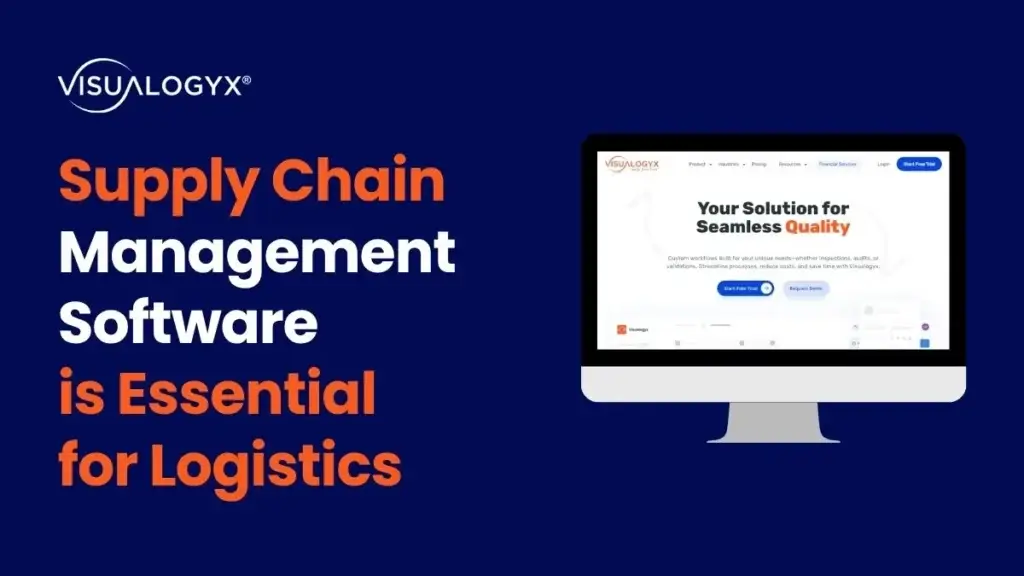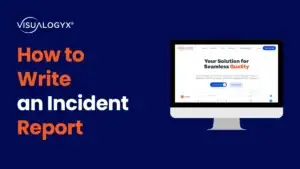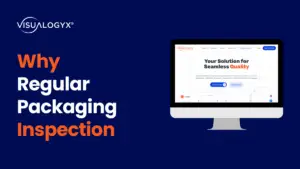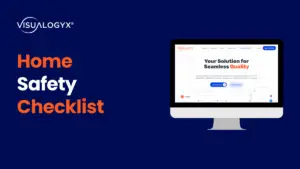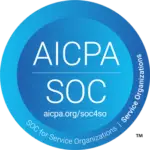Key Takeaways
- A comprehensive human resource compliance checklist helps HR professionals stay on top of legal requirements and reduce risks.
- Following a structured compliance process enhances workplace safety, protects employee rights, and minimizes legal liabilities.
- HR teams should regularly update compliance practices to keep up with changing laws and regulations.
Ensuring compliance in human resources (HR) is vital for companies striving to maintain a safe, fair, and legally compliant workplace. With constant changes in employment laws and regulations, HR professionals must stay vigilant to avoid hefty fines, lawsuits, and reputational damage. In fact, recent studies show that non-compliance costs companies an average of $14.82 million annually due to penalties, legal fees, and lost productivity. To help HR teams navigate these challenges, having a structured human resource compliance checklist is more important than ever.
This guide provides a comprehensive HR compliance checklist for 2024, covering essential aspects like recruitment, data privacy, compensation, and termination procedures. By following this checklist, HR professionals can effectively manage compliance tasks and keep their organizations protected.
What Is Compliance in HR?
HR compliance refers to the process of ensuring that an organization’s HR practices follow all relevant federal, state, and local laws governing employment. It plays a crucial role in the day-to-day operations of HR activities by guiding how policies are developed and applied in areas such as hiring, compensation, employee classification, and workplace safety. Compliance is not just about meeting legal standards but also about implementing HR practices that support fairness, ethical behavior, and employee well-being throughout the organization.
Adhering to HR compliance means consistently aligning HR operations with the legal requirements that protect employee rights and promote workplace safety. This involves staying updated on changing regulations and adapting policies accordingly to prevent legal issues. For example, compliance may include ensuring that wage practices meet minimum standards, that employee classifications are accurate, and that anti-discrimination policies are enforced during recruitment. Ultimately, strong HR compliance practices create a framework that helps organizations manage risks and foster a legally sound and inclusive work environment.
Why Is HR Compliance Important?
Compliance isn’t just about following the law—it’s about building a positive work environment where employees feel protected and valued. Non-compliance can lead to severe penalties, legal disputes, and damage to an organization’s reputation. By adhering to a well-structured HR compliance checklist, companies can reduce risks and foster a culture of safety and fairness. Ensuring compliance also helps HR professionals manage HR activities more efficiently, leading to improved organizational performance.
What Does HR Compliance Include?
HR compliance covers a wide range of areas, including recruitment, employee benefits, workplace safety, and data protection. It involves implementing policies that prevent discrimination, harassment, and unfair treatment while ensuring that compensation, training, and employment practices meet legal standards. The following sections present a detailed HR compliance checklist, guiding HR teams in adhering to the latest requirements.
HR Compliance Checklist 2024
The HR compliance checklist for 2024 ensures HR teams stay updated with legal requirements and implement best practices. Here are the key components:
1. Recruiting and Interviewing Practices
- Ensure recruitment procedures comply with anti-discrimination laws. Interview questions should be consistent and job-related to avoid bias.
- Maintain detailed records of each hiring decision for compliance purposes.
- Regularly update job descriptions to reflect accurate qualifications and responsibilities.
2. Onboarding Procedures and Company Policies
- Provide new hires with an employee handbook outlining company policies and compliance expectations.
- Establish a structured onboarding process that includes training on company culture, safety standards, and compliance requirements.
- Ensure all paperwork, including tax forms and employment eligibility, is completed accurately.
3. Employee Classification
- Correctly classify employees as full-time, part-time, or independent contractors to avoid legal issues.
- Regularly review employee classifications to ensure they comply with labor laws.
- Document the criteria used for classifying each employee to support compliance audits.
4. Diversity, Equity, Inclusion, and Belonging
- Implement policies promoting diversity, equity, inclusion, and belonging (DEIB) across the organization.
- Conduct regular training sessions on DEIB best practices to enhance workplace inclusivity.
- Track diversity metrics to measure the effectiveness of DEIB initiatives.
5. Employment Law Compliance
- Stay updated on wage and hour laws, family and medical leave requirements, and other employment regulations.
- Regularly review and update HR policies to comply with new employment laws.
- Conduct internal audits to ensure that all employment practices are legally compliant.

6. Compensation and Benefits
- Ensure salaries and benefits are competitive and meet the minimum legal requirements.
- Regularly review compensation packages for compliance with fair wage laws.
- Maintain accurate records of benefit offerings and any changes made.
7. Data Privacy and Security
- Protect employee data by implementing strong data security measures and complying with data privacy laws.
- Limit access to sensitive information to authorized personnel only.
- Provide training on data protection and secure data handling practices.
8. Employee Records and Documentation
- Maintain comprehensive employee records, including performance reviews, disciplinary actions, and training certificates.
- Ensure records are stored securely and accessible for compliance audits.
- Implement a system for regular record reviews to ensure accuracy and completeness.
9. Training and Education
- Provide mandatory training on compliance-related topics such as workplace safety, harassment prevention, and data privacy.
- Document all training sessions and ensure employees sign acknowledgment forms.
- Update training materials regularly to reflect changes in regulations.
10. Employee Handbooks
- Regularly review and update the employee handbook to include any changes in employment laws and company policies.
- Ensure the handbook covers key compliance topics like anti-harassment policies, safety procedures, and benefits information.
- Provide employees with a copy of the updated handbook and collect signed acknowledgment forms.
11. Investigation and Safety Compliance
- Establish protocols for conducting investigations into workplace incidents or complaints.
- Ensure compliance with occupational safety and health regulations to maintain a safe working environment.
- Keep detailed records of safety inspections, incident reports, and corrective actions.
12. Termination and Separation
- Follow legal requirements for employee terminations, including final pay and benefits continuation.
- Document the reasons for termination and keep records of exit interviews.
- Ensure all company property is returned and access to company systems is revoked upon termination.
Stay in Compliance With Visualogyx
Staying compliant with HR regulations requires the right tools and strategies. Visualogyx’s digital HR solutions streamline the Digital HR Process by offering templates, automated documentation, and compliance tracking features. A human resource compliance checklist template can be customized for your organization to ensure all compliance tasks are covered. This digital approach simplifies HR management and keeps your company on the right side of the law.
